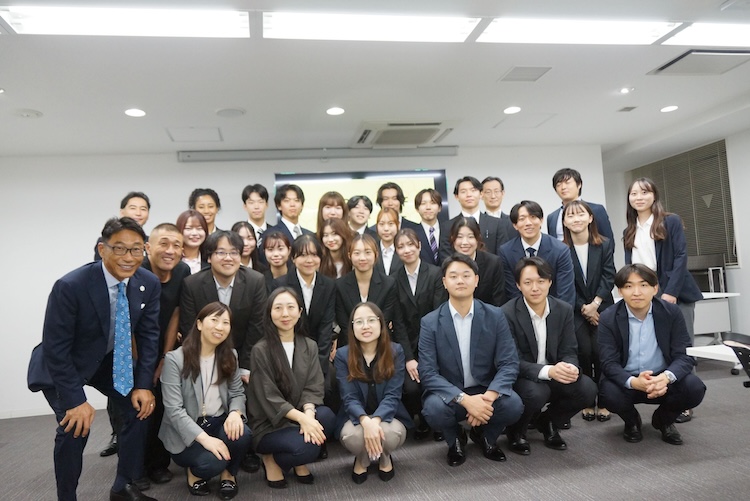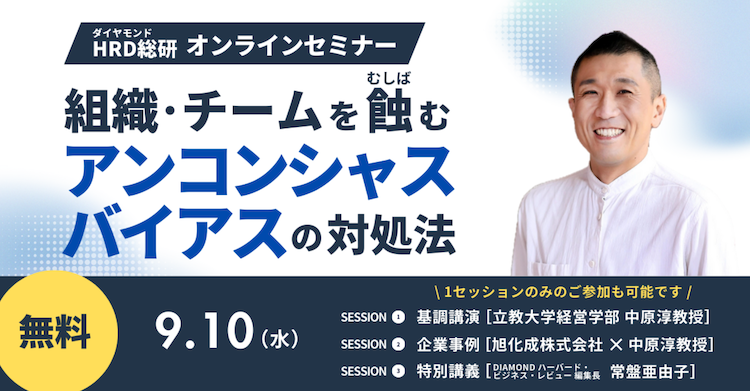
2014.3.12 06:20/ Jun
「一生涯続く交代型OJT」の現場で見たもの!? : グッと堪えてトレーニング!?
先だっては、羽田空港をお邪魔し、航空管制官の方々の仕事の現場をお邪魔させて頂きました。

航空管制官は、航空機を安全に、秩序よく、効率的に誘導するお仕事です。その育成の核心は、航空保安大学校での1年の勉強のあと、現場で行われる「一生涯続くOJT」にあります。
「一生涯続くOJT」とは、少し変な言い回しかもしれません。通常、OJTは「経験の浅い時期にだけ」行われる「経験者ー経験の浅い訓練生間の発達支援関係」だと思われていますので、それが「一生涯続く」のは変といえば変です。
しかし、航空管制官の仕事は、異動によって空港を変わるたび、また空港管制・航空管制など職域をまたぐたびに、OJTが埋め込まれています。
要するに、異動がおこるたびに、どんなに経験者であってもまたゼロに戻り、一定期間「訓練生」として「トレイナー(Watch)さん」のもとで「学びなおさなければならない」ということです。この実地の訓練期間は1年以上にわたることもあります。
1年以上のあいだ、経験の浅い(異動してきたばかりの)航空管制官は、「トレイナー(Watch)さん」に斜め横に立たれて、2人チームになって、仕事をしなければなりません。OJTといっても、ほぼ100%仕事そのものなのです。しかも「真横」ですよ、近!
「トレイナー(Watch)さん」は、経験の浅い管制官の後で、モニターや一挙一動を注視し、もし介入の必要があれば、カットイン(飛行機との交信をとってしまうこと)してしまいます。
興味深いのは、経験を積みトレイナーさんとの関係を解消し、レイティング(ひとりで働ける資格)をとったあとでも、また異動があれば、その新たな赴任地で学び直さなくてはならないことです。
僕が冒頭で「一生涯続くOJT」と申し上げたのは、それが理由です。しかも交代型。ある空港では「トレイナー」であったひとは、新たな空港にいけば、「訓練生」になるということです。時には「トレイナー(Watch)さん」と訓練生も年齢逆転を起こします。年齢の若い「トレイナー(Watch)さん」と、超ベテランの「訓練生」というペアも、十分ありえるということです。興味深いことですね。
これまで、多くの仕事現場・人材開発の現場を見させてきましたが、このような現場ははじめてでした。まことに印象に残る現場です。
▼
空港管制室で、実際のトレーニングを拝見させて頂いて、特に印象深かったことは2つです。ひとつは、管制官の仕事自体が、「強烈なマルチタスク」であることです。
管制官は、「パイロットとのやりとり」「目視による飛行機確認(飛行場の状況確認)」「管制チームとのチームの状況確認」「レーダーなど計器への目配り」「ストリップとよばれる人工物を用いた運行状況の確認」など、多くの作業に、認知的資源を配分しつつ、仕事を達成します。その仕事の「強烈なマルチタスク」っぷりにはびっくりしました。
かつて、たしか20年前のくらいの論文で、著者はLucy Suchman だったと思うのですが、航空管制のエスノグラフィーを書いた論文を思い出しました(違ったかな)。この光景は、状況論を研究なさっている方は、きっと好きだろうな、と思いました。
もうひとつ印象深かったことは「トレイナー」の大変さです。もちろん、訓練生が大変なのは大変なのですが、トレーニングの光景をみていて、僕はおもわず「トレイナー」の苦労を思っていました。
斜め横で、訓練生の一挙手一投足を見て、「このままじゃ、本当に危険になる・・・」と判断する、本当に一歩手前まで、「育成のために」黙っているのは、本当に大変だろうなと思いました。トレイナーは「自分でやっていないこと」に責任を持たなくてはならないのです。時に「カットインしたくて、したくて、たまらなくなるだろうな」と想像するのです。「もう口に出そうなものを、ぐっと堪える」というのでしょうか。訓練生も大変ですが、トレイナーのストレスも、結構だろうな、と想像しました。だって「自分がやったほうが早いから」。しかし、、、それでは訓練生は育ちませんね。まことにご苦労様です。
▼
今回の取材の様子は、7月号の「人材教育」の僕の連載「学びは現場にあり」でお伝えできると思います。井上さん、吉峰さんとの珍道中?取材です。
今回の取材では、羽田の管制官の方々、また、国土交通省の稲葉久美子さんに本当にお世話になりました。まことにありがとうございました。
今度から飛行機に乗る度に思い出すようにします。
僕の知らないところで、航空機を安全に飛ばすため、日夜、努力なさっている方々がいることを。その仕事は、「何事もなくてあたりまえ」であるため、あまり「表」にでることはないものであることを。そして、その現場の仕事は「育成とまさに隣り合わせ」のものであることを!

そして人生は続く
—
Life-long OJT of Air Traffic Controllers
Some days ago, I visited Haneda airport to observe how air traffic controllers work so as to write an article in a professional human resource development magazine.
As you know, the purpose of air traffic control is to direct aircraft safely, provide advisory services and information to pilots in order to avoid collisions of aircrafts and maintain the flow of aircraft in the air. Their training begins in the classroom for 1 year, after that they transferred to various airports all over Japan. Although classroom training is important, the core element of human resource development of air traffic controllers is “life long OJT(On-The Job Training)” in the control tower. The term “life-long” may sound strange to you. Generally, OJT is done for short periods only when new comers enter the organization. So, when you hear the word of “life long OJT”, it feels so strange.
However, when an air traffic controller is transferred from one airport to another airport, he/she has to learn some specific knowledge of the area and its weather through OJT. Even if he/she is already a skillful and experienced air traffic controller, if he/she is transferred to another airport, he/she has to learn specific knowledge from other air traffic controllers who have worked for a long time in that area. OJT continues for one to two years.
An air traffic controller who has been transferred from another area, and doesn’t have specific knowledge of the new area, has to work with an experienced air traffic controller(Watcher) who stands beside the new comer for 1 year. The watcher has to monitor what the new air traffic controller does. If a risky situation occurs, which the new comer cannot deal with, The watcher has to break into the conversation between the newcomer and pilot and take control of the operation. The most impressive point for me is that an experienced air traffic controller has to relearn from scratch every time they are transferred to another area. His / her position is reversed. That is the reason why I use “life long OJT”. If you work as a trainer in one airport and you are transferred to another airport, you will be a trainee. Sometimes the trainer – trainee age pattern is reversed. A younger experienced controller has to train an older controller who was transferred recently. I think this is the most impressive point. Generally, once a newcomer becomes a trainer, he/she does not return to a newcomer position again. However air traffic controllers need highly specific knowledge of the area and weather where they work. They have to relearn these things as a novice when they are transferred to another airport. Air traffic controllers switch roles of trainer and trainee during their whole career. That is called “life long OJT”
Generally, when we get on an aircraft, we do not think what and how air traffic controllers work. However in order to organize and maintain the flow of aircraft, the “life long OJT” is in through, continuous use.
—
追伸.
拙著「研修開発入門」が、AMAZON「経営学・キャリア・MBA」「マネジメント・人材管理」「企業革新」の3つのカテゴリーで1位になりました!ご支援くだったみなさま、ありがとうございました。

最新の記事



 ブログ一覧に戻る
ブログ一覧に戻る




